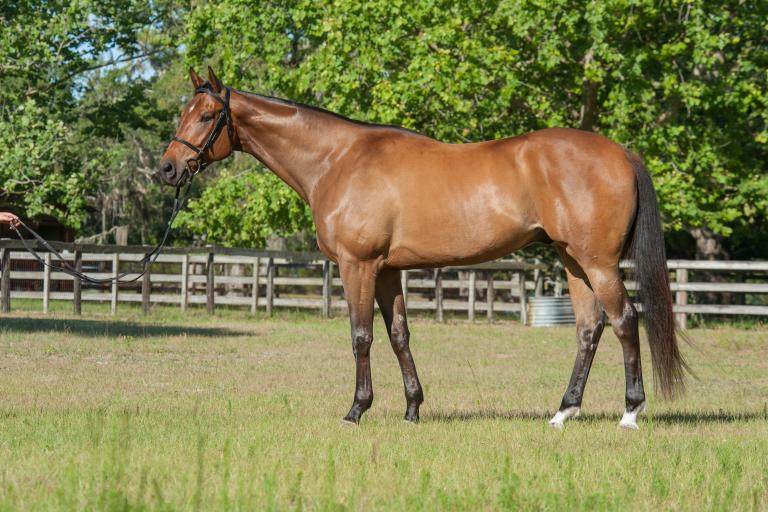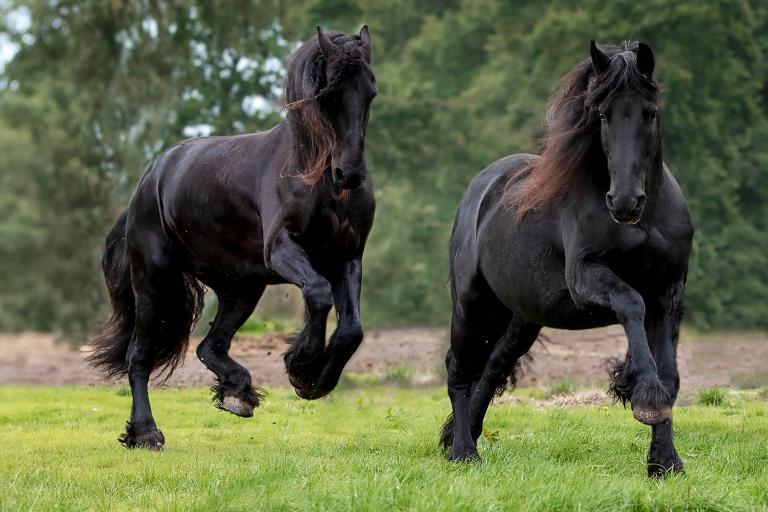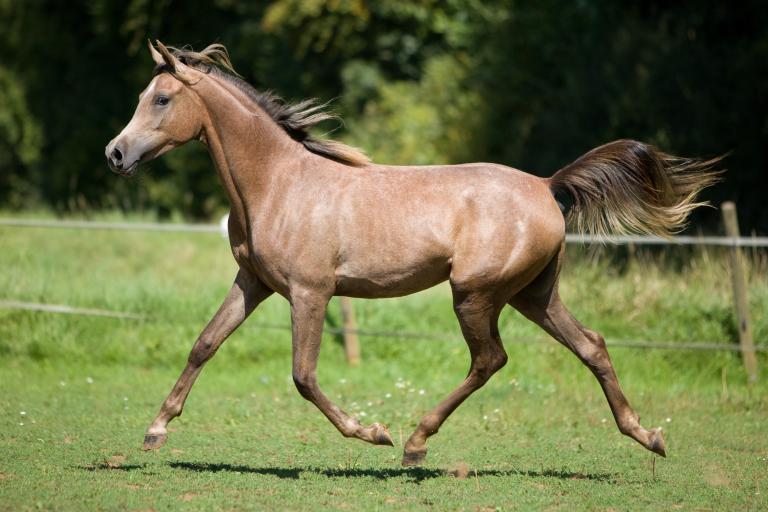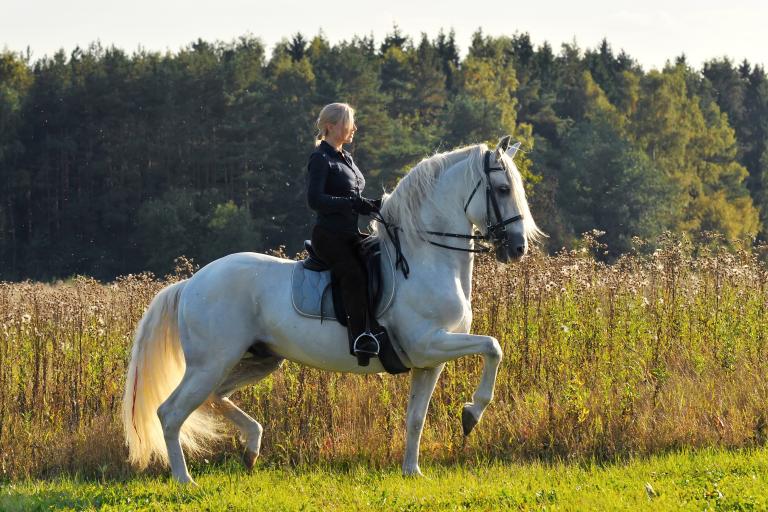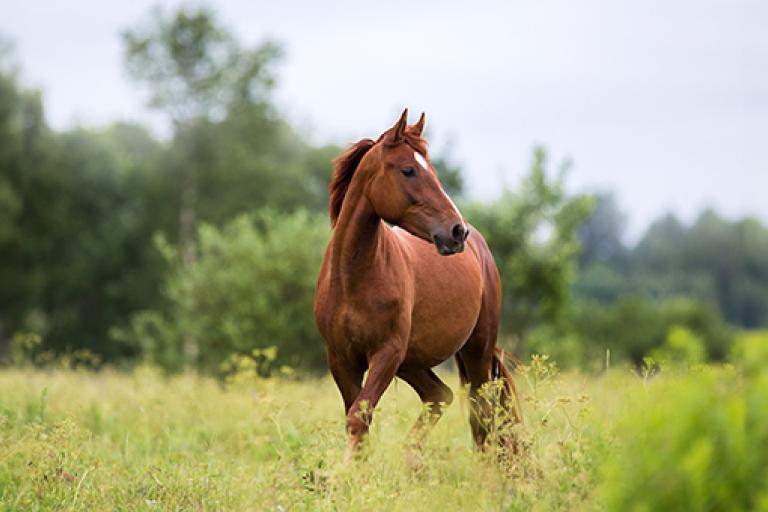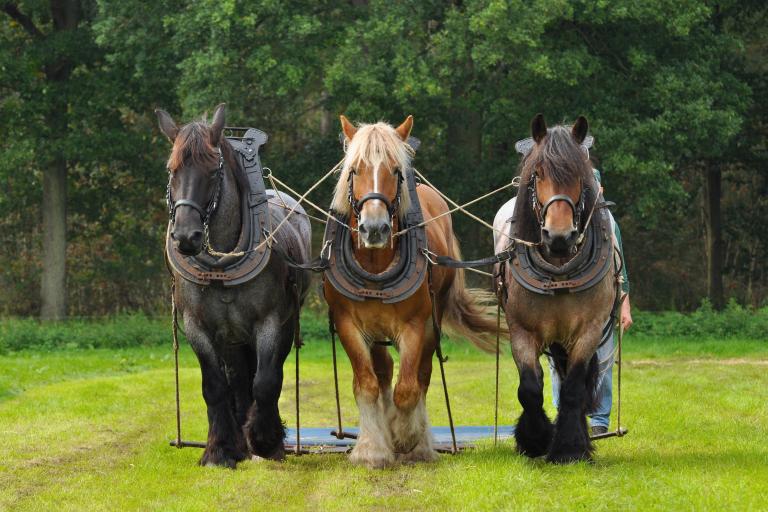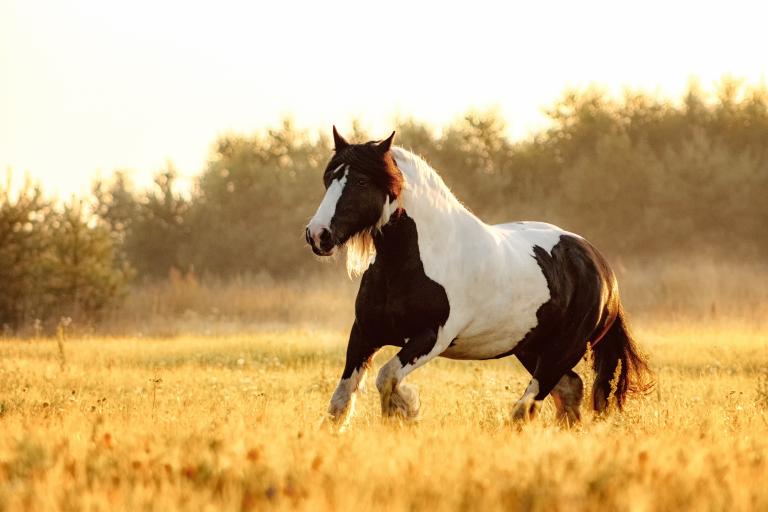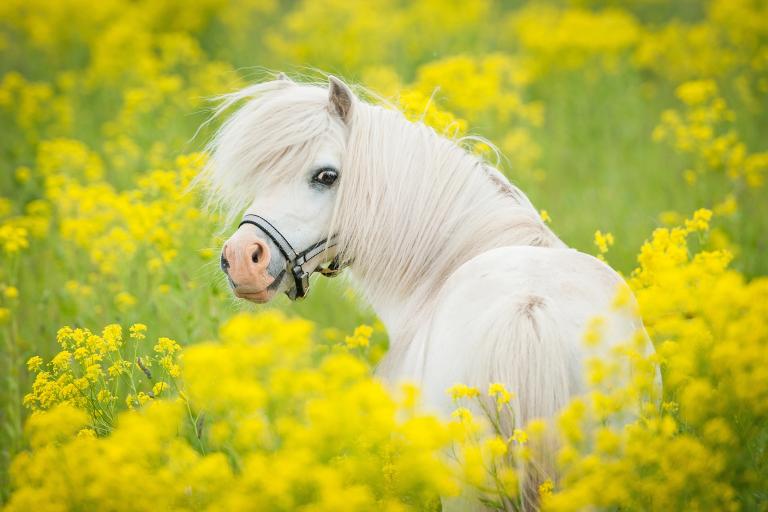Breeds and Breed Groups
generatio has the most diverse base of array data on horse breeds in Europe.
This allows us to reliably identify the distinct breeds and five broader breed groups, representing the most critical and well-known horse breeds.
For more details, please refer to the breed profiles below or explore the in-depth articles in our Lexicon.
Distinct Horse Breeds
Thoroughbred
The Thoroughbred is one of the world's most powerful and high-performing horse breeds. Originating in Great Britain, it was developed by crossing oriental stallions with local mares to create a horse specialized for racing. The result is an elegant, athletic horse with long legs, a deep chest, and exceptional endurance. Thoroughbreds are known for their sensitivity, strong work ethic, and ambition – traits that have significantly influenced the development of modern sport horse breeds.
Thoroughbred
The Friesian horse originates from the Dutch province of Friesland. As a baroque horse, it features a strong build, black coat, abundant mane and tail, and expressive movements. Friesians are known for their gentle and intelligent nature and are especially valued in classical riding, shows, and driving. After a sharp population decline in the 19th century, the breed was restored through carefully managed purebreeding.
Friesian
Arabian
Arabian horses are one of the oldest and most refined horse breeds in the world, initially developed in the desert regions of the Middle East. Known for their dry, finely shaped head, arched neck, and exceptional endurance, Arabians are prized for their intelligence, speed, and elegance. They are widely used in breeding, endurance riding, and leisure riding. Over centuries, Arabians have been instrumental in refining many modern breeds, enhancing their stamina and expression.
Arabian, Shagya Arabian
Breed Groups
Iberian Horses
Iberian horses are among Europe's oldest and most renowned horse breeds, originating from the Iberian Peninsula. They are known for their resilience, strength, agility, and noble appearance, with a muscular build and elegant movements. Their intelligence and versatility are ideal for classical dressage and other riding disciplines. Iberian horses have also played a significant role in shaping many modern breeds.
Pura Raza Española (PRE), Andalusian (PRE)
Warmblood Horses - Holstein Type
The breed group Warmblood Horses – Holstein Type represents a genetically dominant and clearly distinguishable subgroup within the broader warmblood population.
It is primarily composed of horses from the Holsteiner breed, with additional genetic influence from horses of the Zangersheide breed.
These horses are known for their versatility and high performance.
They are widely used and highly successful in various equestrian disciplines – particularly in show jumping, dressage, and eventing.
Coldblood Horses
Coldbloods are among the largest and strongest horse types, originally bred in Europe as dependable workhorses for heavy draft work. A massive build, broad chest, strong musculature, and solid legs characterize them. Coldbloods are calm, gentle, and highly resilient, making them ideal for agricultural work and forestry, and they are also used in leisure riding. Crossbreeding with Arabians has occasionally been used to enhance their stamina and expression.
Haflinger, Edelbluthaflinger
UK Draft Horses & Cobs
This group includes powerful, compact horse types originating from the United Kingdom – including Cobs and heavy draft breeds such as the Shire Horse and Clydesdale.
In addition to their shared origin, these horses also have much in common: calm temperaments, a willingness to learn, and strong character. They are considered reliable, people-oriented, and maintain their composure even under demanding conditions.
The Cob type refers to a smaller, sturdy and compact horse, encompassing various breeds. Although there are several subtypes, the general label “Cob” is often used. Depending on the breed, a Cob may be a compact full-sized pony found in all coat colors, characterized by a strong yet elegant conformation, arched neck, and harmonious proportions.
UK Draft Horses, such as the Shire Horse and Clydesdale, are among the largest and strongest horse breeds in the world. Originally bred for draught work, they are now also popular in leisure riding and in the show ring.
Shire, Clydesdale, Irish/Gypsy Cobs, Tinker
Northern European Ponies
Northern European ponies are some of the hardiest horse breeds, developed in the harsh climates of Northern Europe. These ponies feature a compact, strong body, thick coat, and exceptional endurance. They are valued for their reliability, stamina, and adaptability. Due to their versatility, they are used across all equestrian disciplines. Their robustness and temperament have had a lasting impact on the breeding of other pony types.
Icelandic Horse, Shetland Pony
Breeds in the Similarity Analysis (Part II of the Report)
Our similarity analysis currently includes around 90 different horse breeds.
You can find the complete list of included breeds below.
Breeds that are not yet listed may be added once enough samples are available for reliable analysis. Only those breeds for which we have a sufficient genetic database are included in the report. Without enough data, we cannot yet provide reliable results for those breeds.
As our dataset grows, the list of included breeds will be regularly updated.

